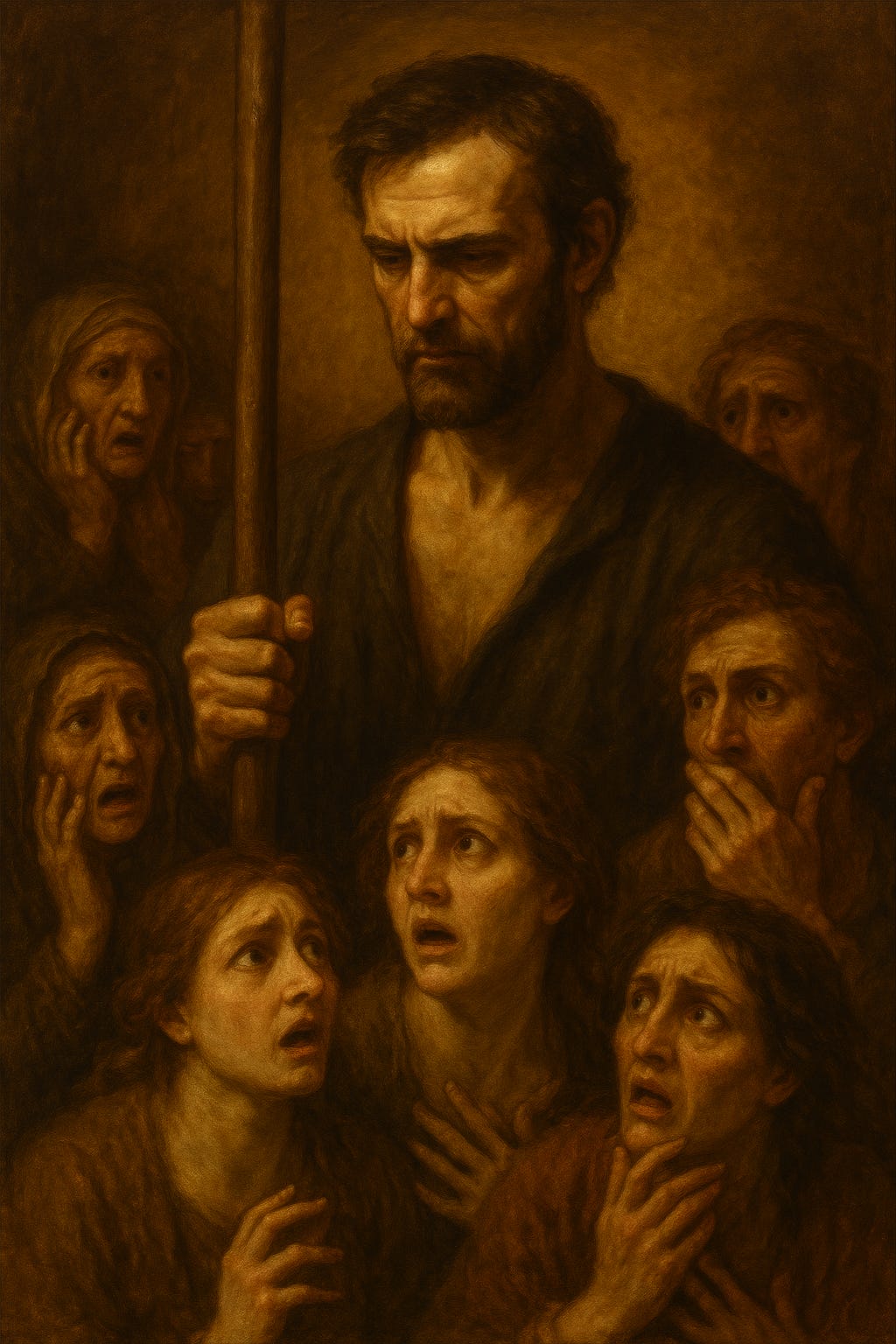It Isn’t All Men, But It’s Always a Man
A Gendered History of Violence, Power, and the Machinery of Oppression
Barbies in outer space, Barbies at Mar-a-lago, Barbies in government, and what’s not to like?
There’s a dark familiarity to the refrain: “It isn’t all men, but it’s always a man.” It hangs in the air like an unsentenced truth, a bitter distillate of centuries of pain. In every epoch, under every regime, amidst every revolution and counterrevolution, the silhouette reappears: the inquisitor, the colonizer, the officer, the husband, the priest, the politician, the stranger in the alley. He is not always the same man, but he is always a man. This observation is not a condemnation of the male sex, but an inquiry into a long arc of history where masculinity has been consistently conscripted into the work of domination.
To trace the genealogy of systemic violence is to walk a corridor lined with male faces—not because men alone are capable of cruelty, but because patriarchal structures have long made them its favored instruments
Keep reading with a 7-day free trial
Subscribe to Carl’s Mind Chimes Magazine to keep reading this post and get 7 days of free access to the full post archives.


